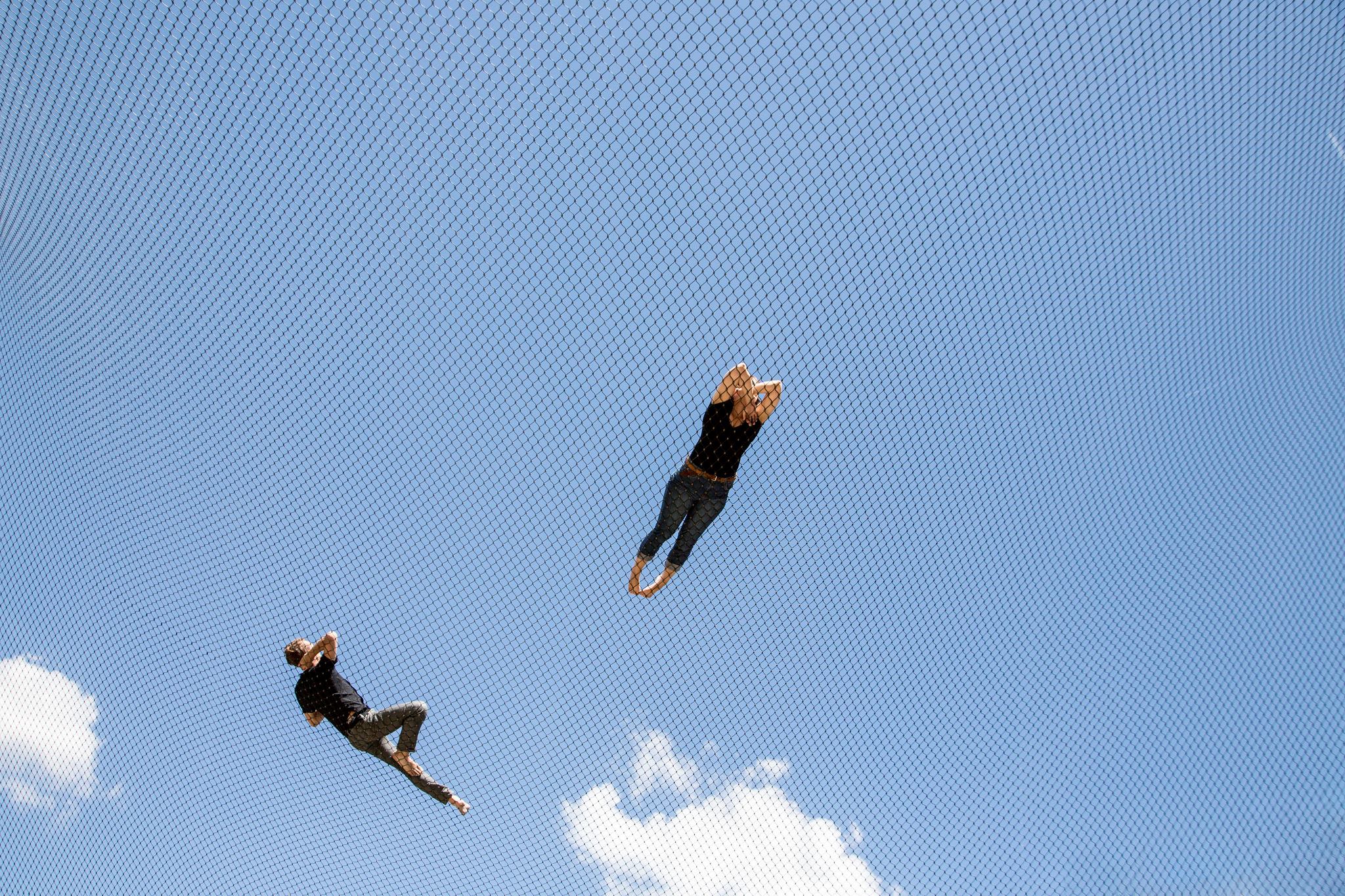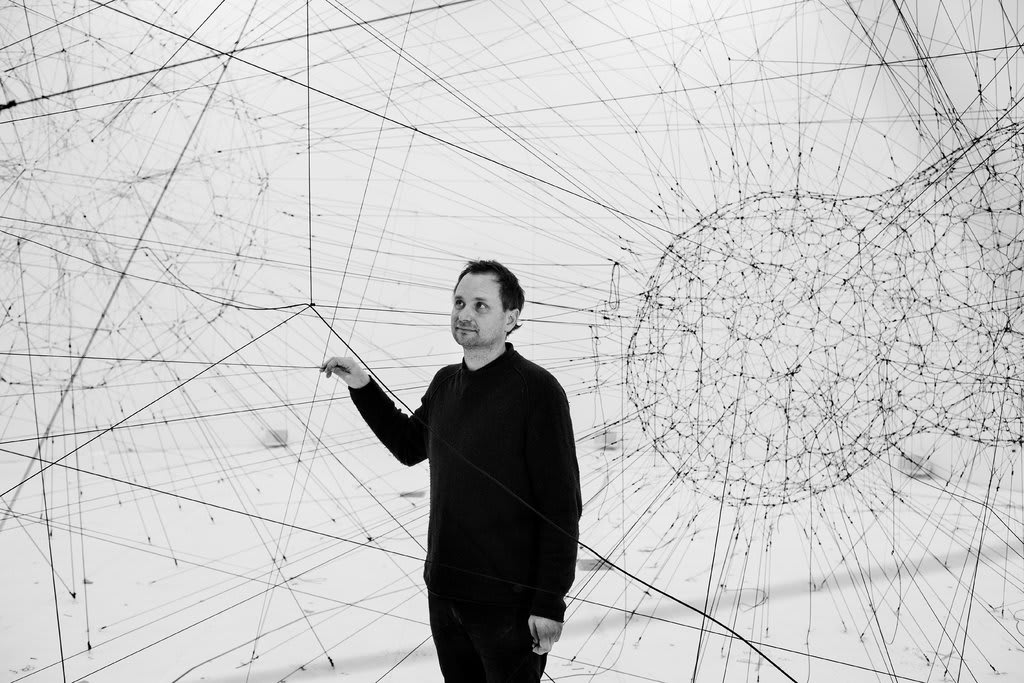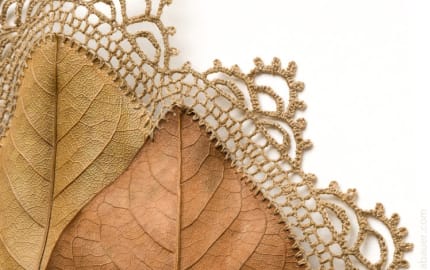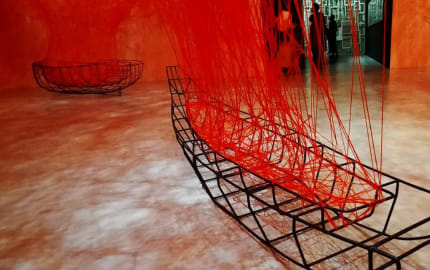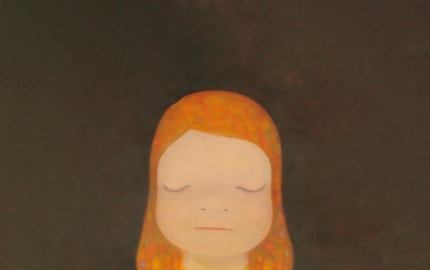

Where art, life science, and social sciences cross paths, Tomás Saraceno followed his profound interest in spiders and webs to form Arachnophilia
Tomás Saraceno’s practice is informed by concepts linking art, life science, and the social sciences. Enmeshed in the junction of these worlds, his floating sculptures, community projects, and immersive installations propose sensory solidarity with the planet through a social, mental, and environmental ecology of practice
In the thread of his practice, he profound interest in spiders and their webs led to the formation of the Arachnophilia. Arachnophilia is a not-for-profit, interdisciplinary spider/web research community that builds on innovations arising from Saraceno’s past collaborative research into spider/web architectures, materials, modes of vibrational signaling and behavior. And explores ideas related to spiders and webs across multiple scientific and theoretical disciplines, including vibrational communication, biomateriomics, architecture and engineering, animal ethology, nonhuman philosophy, anthropology, biodiversity/conservation, sound studies and music
Source: Studio Tomás Saraceno












